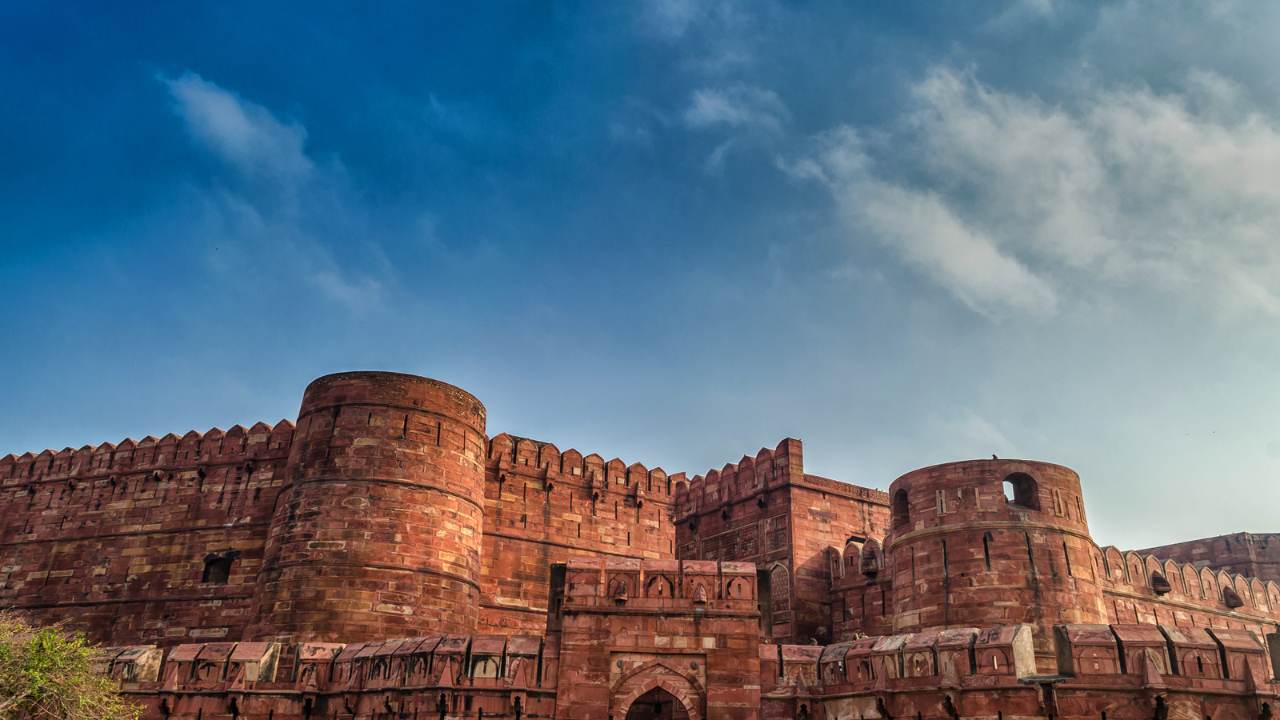
Most historians see the reign of Aurangzeb (1658-1707) as having been the start of Mughal decline. Under Aurangzeb’s rule, proclaimed early twentieth-century historian Jadunath Sarkar, ‘the Mughal crescent rounded to fullness [sic] and then began to wane visibly’.
Aurangzeb expanded the Empire to its fullest extent. His success in southern India – by 1689 he had vanquished the two remaining Deccan sultanates, annexed their territories, and subjugated the Maratha state – caused no crisis. His failure was in refusing to stop at that point.
The Emperor launched a series of fruitless military campaigns against the southern (Muslim, not Hindu) states of Bijapur and Golconda, overstretching Mughal resources. He also pursued the Marathas, with little success.
This carried on for twenty-five years, and from 1699 to 1705 Aurangzeb personally oversaw several siege operations: as the chronicler Bhimsen recorded, the Emperor “personally runs about panting for some heaps of stone [hill forts]”.
In 1706 he died of illness; by then he had damaged the Empire. Aurangzeb himself recognised his failure: on his deathbed, in a letter to his son Azam, he mourned that “there is no hope for the future. The whole imperial army is like me: bewildered, perturbed, separated from God, quaking like quicksilver.”
Previous emperors had been successful by balancing conquest with consolidation and ensuring stability. Aurangzeb abandoned that formula for success, causing a crisis.
The Emperor also sought to alter the basis of his authority, and in abandoning the successful Mughal ideology of kingship he damaged imperial authority. The Mughals had always projected themselves as ruling by divine right; the emperor was conventionally ‘His Divine Highness’ and ‘He Who is Surrounded by Hosts of Angels’. He appeared to both his Muslim and non-Muslim subjects as a mystical figure, capable of miracles.
For Aurangzeb, this was distasteful, and he commissioned the production of the Fatawa-i-Alamgiri, a grand manual of Islamic jurisprudence introducing to the Empire an extraordinary legal code. The idea, Richard Eaton argues, was to replace the mystique that had previously surrounded the Mughals with a sense of impersonal, impartial justice.
In many ways this was a remarkable and ambitious endeavour. But mystique and majesty had always given the Mughals their legitimacy. By downplaying it, Eaton writes, Aurangzeb was ‘sawing off the branch on which he sat’, which would contribute to the disregard for imperial authority shown by regional leaders in future years.
Richard Eaton, India in the Persianate Age: 1000-1765 (2019)
Audrey Truschke, Aurangzeb: The Life and Legacy of India’s Most Controversial King (2017)